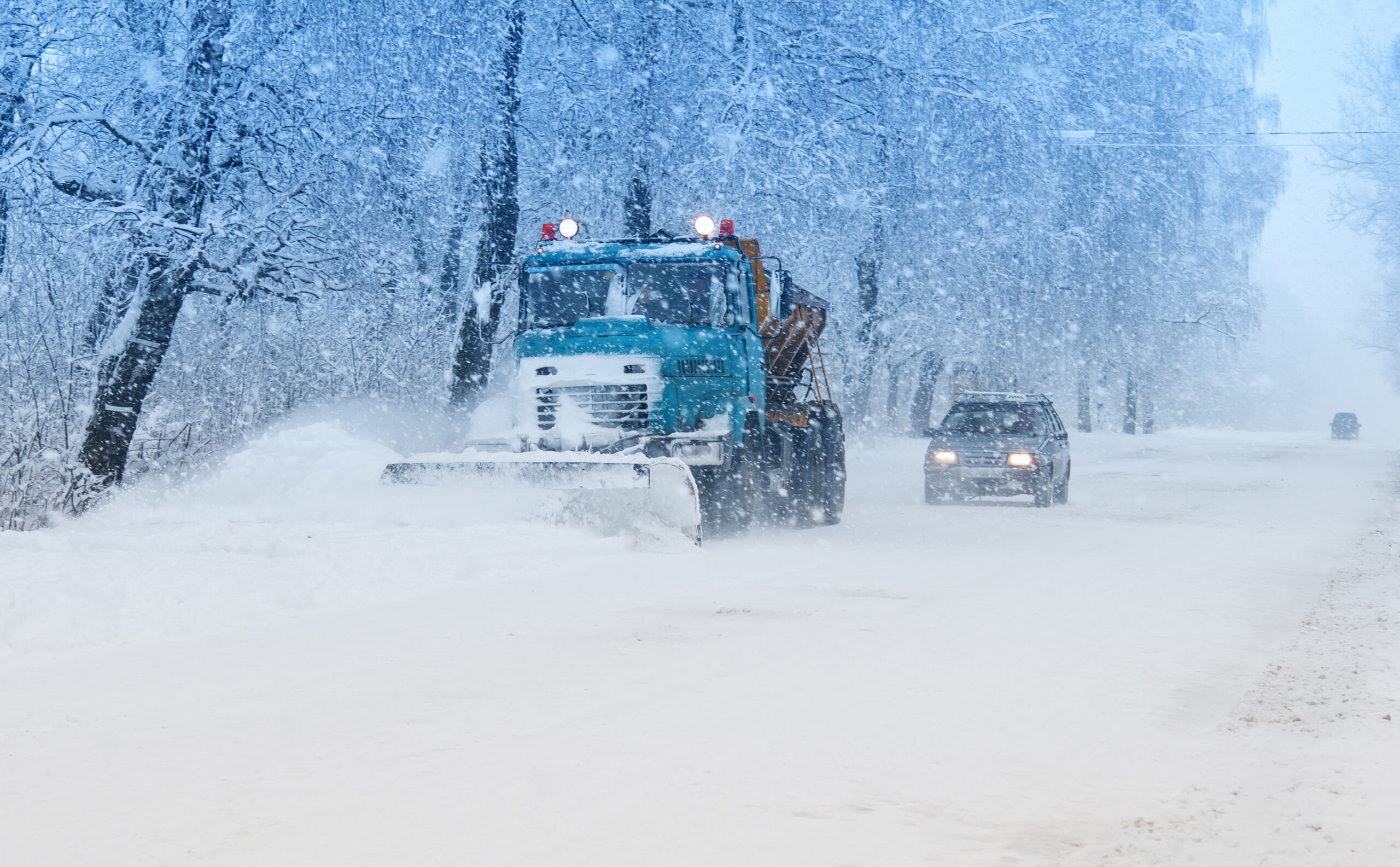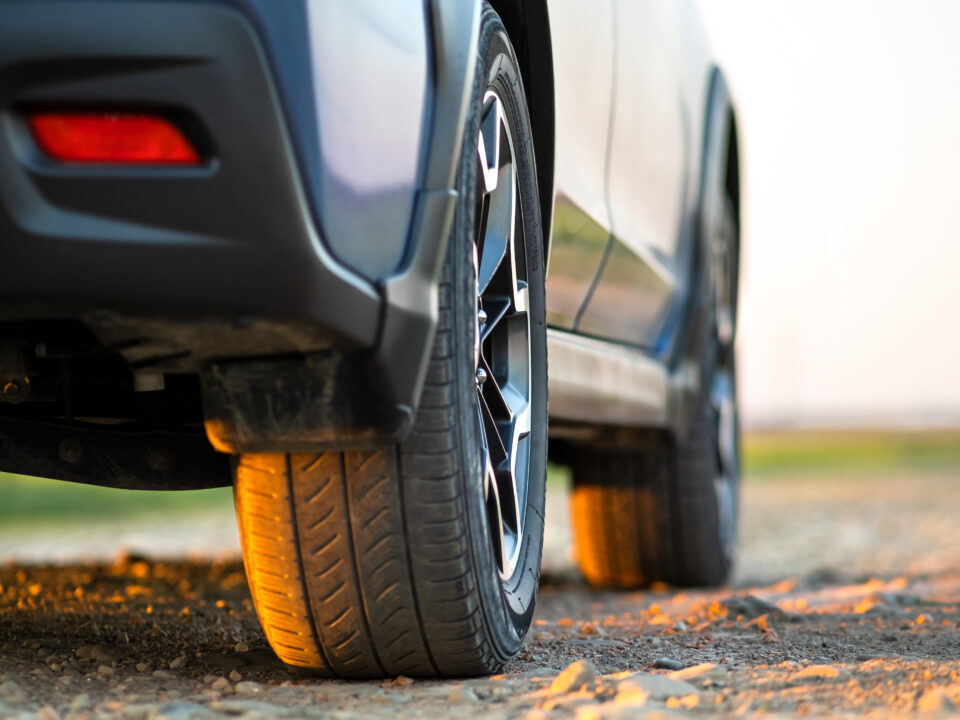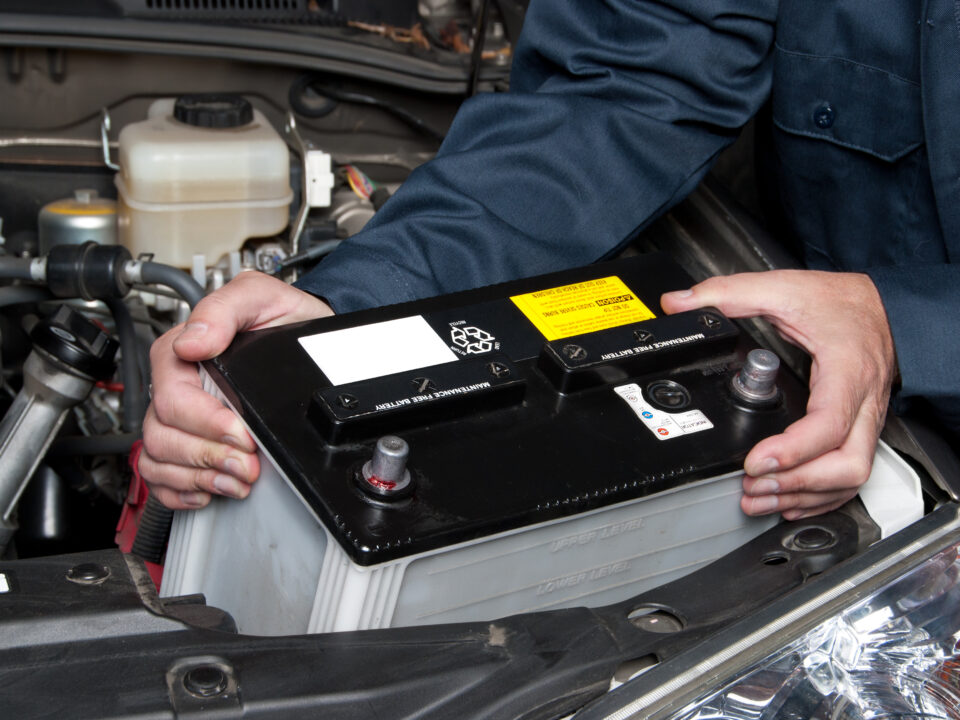- Mon - Fri: 7:30am - 5:30pm
- 613-836-6136
- stittsvilleauto@gmail.com
Defrosting Dos and Don’ts: Tips for Clearing Frosty Windows Safely

Brakes: How to Navigate Winter Driving Without Slipping
December 29, 2023
Surviving Snowstorms: Winter Emergency Preparedness for Drivers
January 30, 2024As winter settles in, frosty windows become a common sight for many drivers. Clear visibility is essential for safe driving, but improperly defrosting windows can lead to damage or even accidents. In this guide, we'll explore the dos and don'ts of defrosting to help you clear frosty windows safely and effectively.
Dos:
1. Start Your Vehicle Early:
Begin the defrosting process early by starting your vehicle and turning on the defroster. This gives the system time to warm up and begin melting the frost.
2. Use the Defroster Correctly:
Set the defroster to the windshield setting and adjust the temperature to warm or hot. Allow the defroster to run for several minutes to gradually warm the glass and melt the frost.
3. Scrape Frost with a Proper Tool:
Use a soft-bristled ice scraper or a plastic scraper specifically designed for automotive use. Gently scrape away the frost from the outside of the windows to avoid scratching the glass.
4. Apply a De-Icing Solution:
Spray a commercial de-icing solution onto the windshield to help melt stubborn frost and ice. Look for products specifically formulated for automotive use, and follow the manufacturer's instructions for application.
5. Clear All Windows and Mirrors:
Make sure to clear frost from all windows, including side windows and rear windows, as well as mirrors. Clearing all windows and mirrors ensures full visibility and enhances safety while driving.
Don'ts:
1. Use Hot Water:
Avoid pouring hot water onto frosty windows to melt the ice. Rapid temperature changes can cause the glass to crack or shatter, leading to costly repairs.
2. Use Metal Scrapers or Abrasive Materials:
Avoid using metal scrapers, screwdrivers, or other abrasive materials to remove frost from windows. These tools can scratch or damage the glass, compromising visibility and safety.
3. Leave Snow and Ice Accumulated on the Roof:
Before driving, make sure to clear snow and ice accumulated on the roof of your vehicle. Snow and ice can dislodge while driving and obstruct visibility for you and other drivers.
4. Neglect Interior Defrosting:
Don't forget to defrost the interior of your vehicle as well. Turn on the heater and set it to the defrost setting to help warm the interior and prevent fogging of the windows.
5. Rush the Defrosting Process:
Allow sufficient time for the defrosting process to work effectively. Rushing the process may result in incomplete defrosting or compromised visibility, increasing the risk of accidents.
Conclusion:
Properly defrosting your vehicle's windows is essential for safe winter driving. By following these dos and don'ts, you can ensure clear visibility without damaging your vehicle's windows. Remember to start early, use the defroster correctly, and gently remove frost with the appropriate tools. With these tips in mind, you can navigate frosty mornings with confidence and safety on the road.




